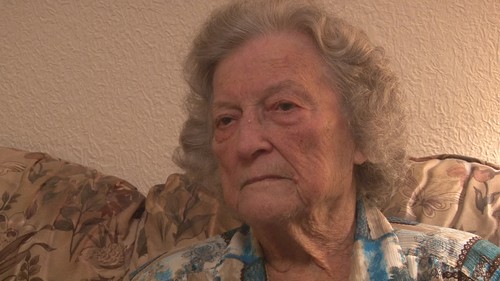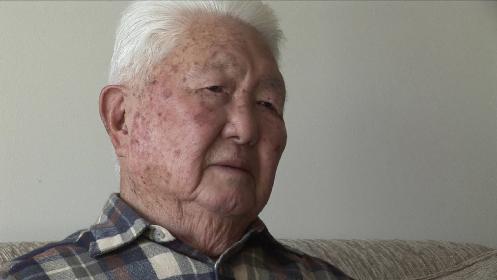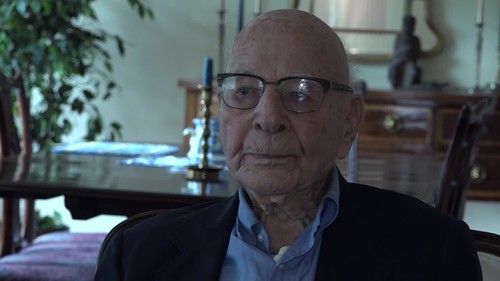Advanced Search
-
Hymel, Rita Reaction to Pearl Harbor

Rita Hymel was asked to be a teacher because she lived the closest to the schoolhouse in Killona [Annotator's Note: Killona, Louisiana].
-
Hymel, Rita The War Ends

When the war ended, they shot all the ammunition to celebrate.
-
Hymel, Rita Working at Keesler Field

Rita Hymel got married and moved to Biloxi [Annotator's Note: Biloxi, Mississippi] and went to work at the Keesler Field [Annotator's Not
-
Ichikawa, Grant Segment 1

Grant H. Ichikawa was born in April 1919. His father had come to the United States from Japan.
-
Ichikawa, Grant Segment 2

Grant Ichikawa was first taken to an assembly center located on a horse racing track near Turlock, California.
-
Ichikawa, Grant Segment 3

Grant Ichikawa was assigned to headquarters [Annotators Note: Headquarters, Allied Translator and Interpreter Service].
-
Ichikawa, Grant Segment 4

Grant Ichikawa helped coerce a large number of Japanese soldiers to surrender in the jungles of the Philippines.
-
Ichikawa, Grant Segment 5

Grant Ichikawa does not feel that he did anything special being a linguist. He had a job to do and he did it.
-
Ignatius, Paul Battles of Leyte Gulf and Lingayen Gulf

Upon completing his training, Paul Ignatius was assigned to Composite Squadron 80 (VC-80) aboard the USS Manila Bay (CVE-61) as the squadron’s avia
-
Ignatius, Paul California Childhood

Paul Ignatius was born in Glendale, California in November 1920.
-
Ignatius, Paul Japanese Surrender

Paul Ignatius was assigned to Composite Squadron 80 (VC-80) aboard the USS Manila Bay (CVE-61) as the squadron’s aviation ordnance officer.
-
Ignatius, Paul Kamikazes and War’s End

Paul Ignatius was assigned to Composite Squadron 80 (VC-80) aboard the USS Manila Bay (CVE-61) as the squadron’s aviation ordnance officer and took

